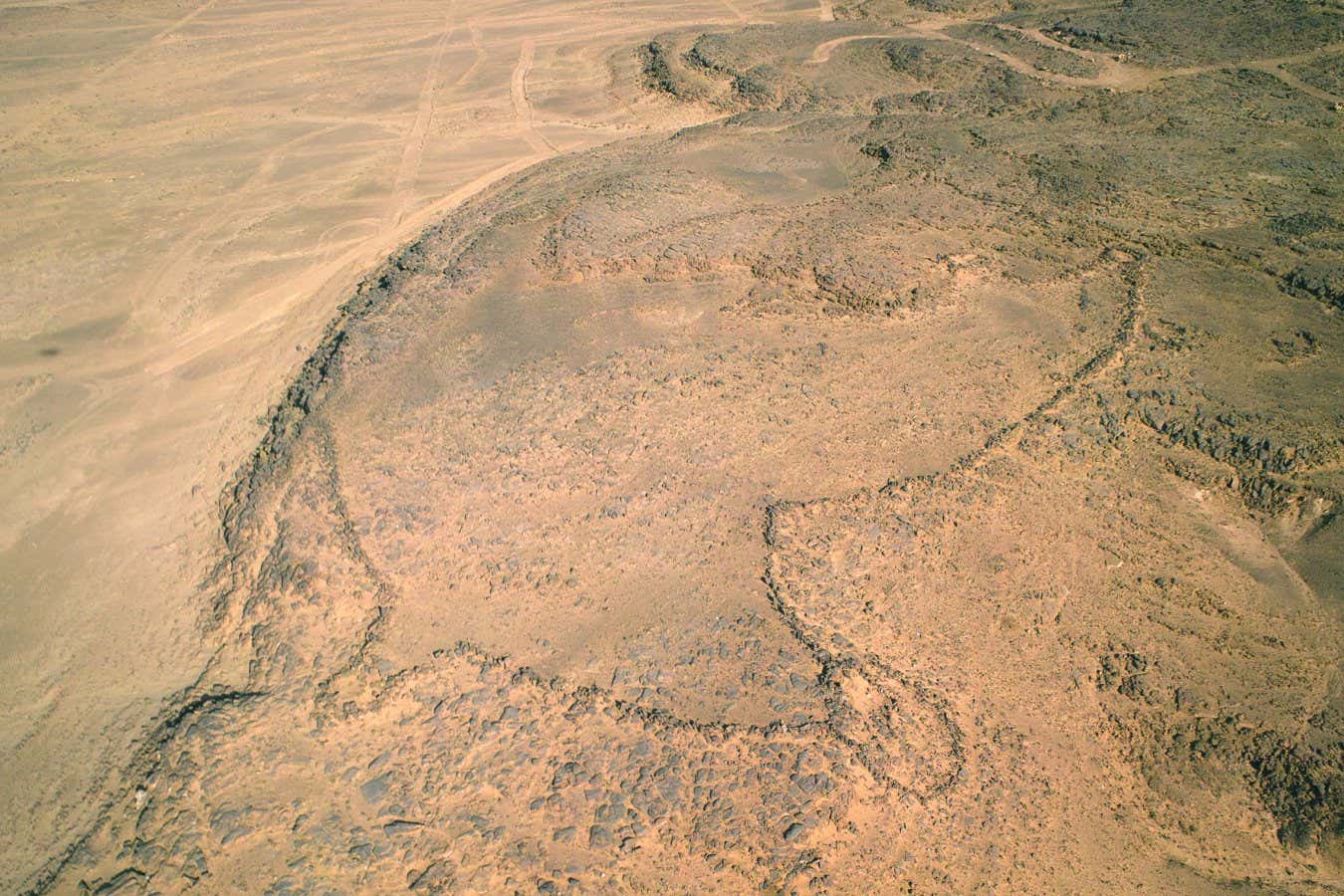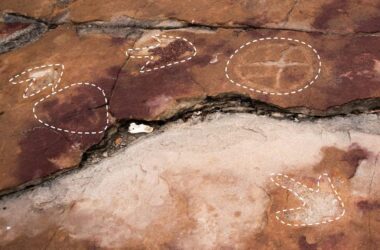Architects in the Stone Age created highly precise plans of vast stone-walled hunting traps, making them the oldest known architectural plans to scale in human history. These plans, etched into massive stone tablets, have been recently discovered near the elaborate traps called desert kites. The discovery confirms that Neolithic humans possessed a remarkable understanding of landscapes and space, even before they became literate.
Desert kites, found in Saudi Arabia and Jordan, are large structures featuring funnelling lines and pointed branches that lead to deep pits. These structures were used to trap wild prey, such as gazelles. The stone tablets, which contain the architectural plans, were found near these desert kite locations.
Until now, the rare artistic representations of Stone Age structures were nothing more than rough abstract sketches. The oldest known true architectural plans, intended to be to scale, were believed to date back to Mesopotamian civilizations 2300 years ago.
However, in 2015, researchers stumbled across a limestone tablet and a sandstone boulder, with detailed architectural plans etched into them. The tablet was found near a 9000-year-old kite in Jordan, while the boulder was found near a pair of 7500-year-old kites in Saudi Arabia. These plans were mathematically compared to satellite images of 69 kites, and it was found that the etched images were realistic and accurate depictions of the kites.
The researchers speculate that these plans might have been used to guide the construction of the structures or instruct hunters on how to use them effectively. The scale images would have facilitated communication among the Neolithic community about group hunting strategies.
It is remarkable that these ancient engineers achieved geometric accuracy without modern tools like GPS or a tacheometer. The methods they used to create these precise plans remain unknown.
Overall, this discovery sheds light on the advanced capabilities and spatial perception of Stone Age humans, providing insight into their cultural practices.








